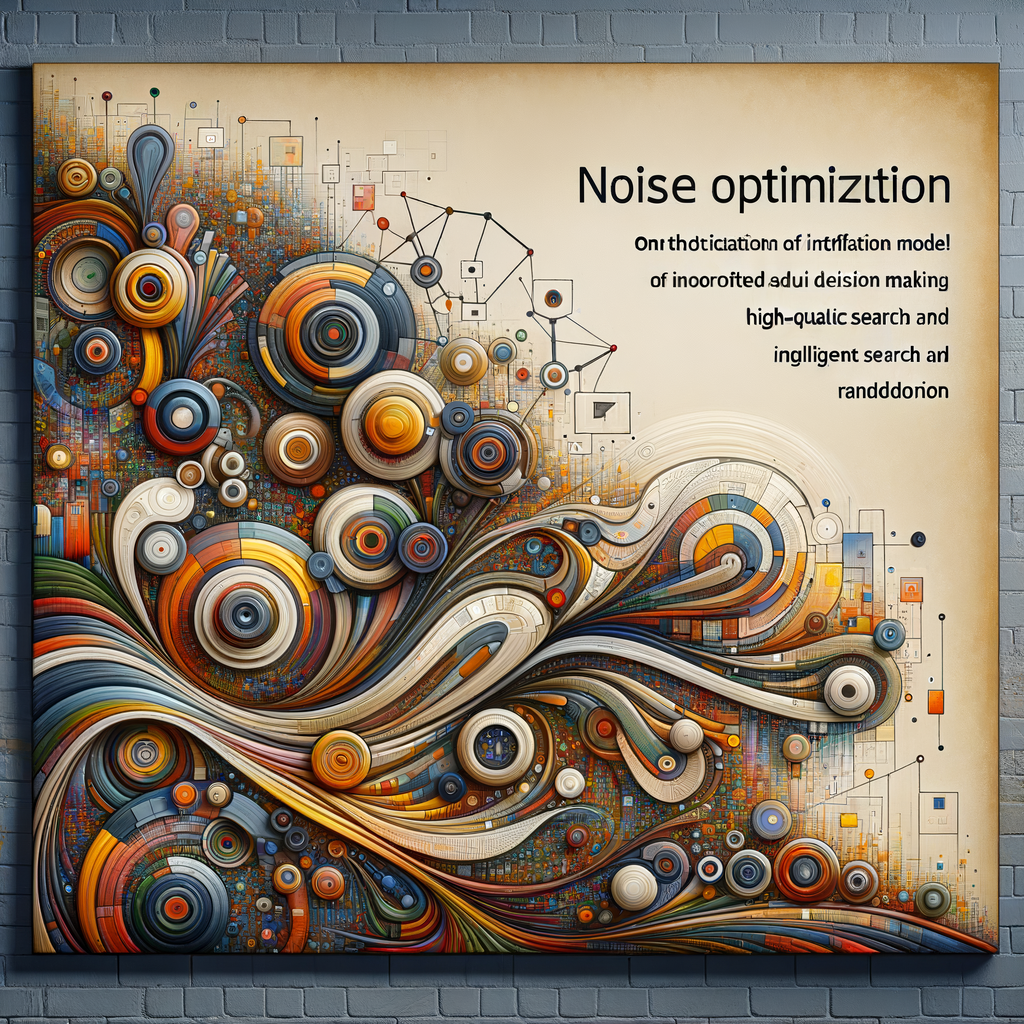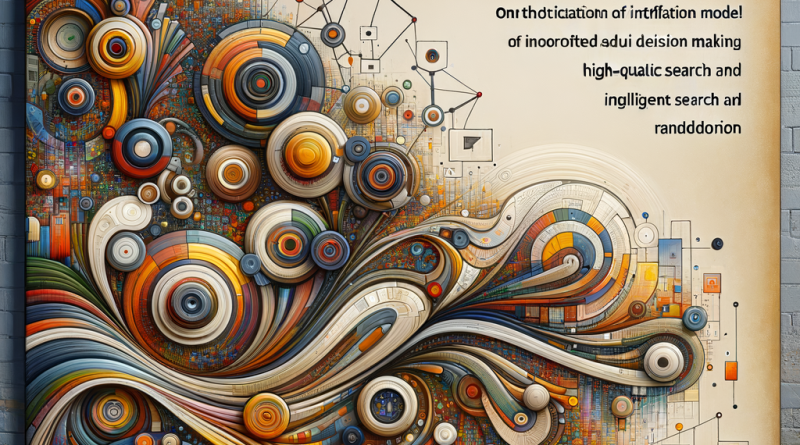“Revolutionizing Diffusion Models: Google DeepMind’s Noise Optimization Breakthrough”

Transforming Diffusion Models: Google DeepMind’s New Noise Optimization Method
Have you heard the latest buzz in the AI realm? Google DeepMind has unveiled an innovative framework for enhancing diffusion models, revolutionizing their output quality without the need for additional training. If you’re keen on AI advancements or marvel at how apps create crisp images and lifelike videos, this update is guaranteed to pique your interest.
Understanding Diffusion Models
Diffusion models have been at the forefront of AI for generating high-quality images, audio, and videos. They work by denoising — a process that starts with random noise and gradually transforms it into meaningful, high-quality data.
But here’s the rub: Adding more denoising steps during inference (what professionals call NFEs or “Number of Function Evaluations”) seems to hit a performance ceiling. What can be done when adding more computational steps no longer yields better results? Enter Google’s game-changing approach.
The Key Features of This Breakthrough
DeepMind’s method emphasizes noise optimization through systematic searching. Here’s a simplified breakdown:
- Search Operations: Instead of starting with any random noise, the system evaluates different “noise candidates” to pick the optimal one for generating high-quality outputs.
- Fixed Denoising Steps: To ensure efficiency, the number of denoising steps is capped at 250.
- Quality Assurance: The system uses scoring methods like Inception Score (IS) and Fréchet Inception Distance (FID) to assess and refine outputs during the noise search process.
Why This Matters
Traditionally, random noise introduces variability into diffusion models’ outputs. In some cases, the results are stellar; in others, not so much. DeepMind’s approach bypasses this randomness by intelligently searching for the “perfect noise” at runtime, essentially letting the model make better creative decisions.
The brilliance? This improvement doesn’t require retraining the model, saving both time and computational power.
Performance Highlights
DeepMind tested their search-driven framework across various benchmarks, delivering consistently impressive results:
- A Random Search algorithm was employed to find the best noise candidates.
- Significant boosts in output quality were observed, verified across multiple metrics.
- For text-to-image tasks, advanced scoring like ImageReward showed unparalleled accuracy in assessments.
Bigger Implications
From photo-realistic visuals to lifelike animations, applications of this noise-optimization technique stretch far beyond just images. Developers working on AI chatbots, content-generation tools, or even games with interactive graphics can greatly benefit from such an enhancement.
Where to Learn More
If this got your gears turning, dive deeper into the technical details via the project’s page or join communities specializing in generative AI. Whether you’re into algorithms, data science, or creative technology, now’s an exciting time to get involved!
Closing Thoughts
The pace of innovation in AI continues to amaze — and tools like this one underline how research teams constantly push the boundaries of what’s possible. Whether you’re an AI enthusiast, developer, or just tech-curious, Google’s noise optimization is a glimpse into the future of machine creativity.
Stay tuned and stay curious!
Liked this update? Explore similar topics:
Relevant Hashtags
#ArtificialIntelligence #GenerativeAI #DiffusionModels #DeepLearning #GoogleAI #TechInnovation #MachineLearning
